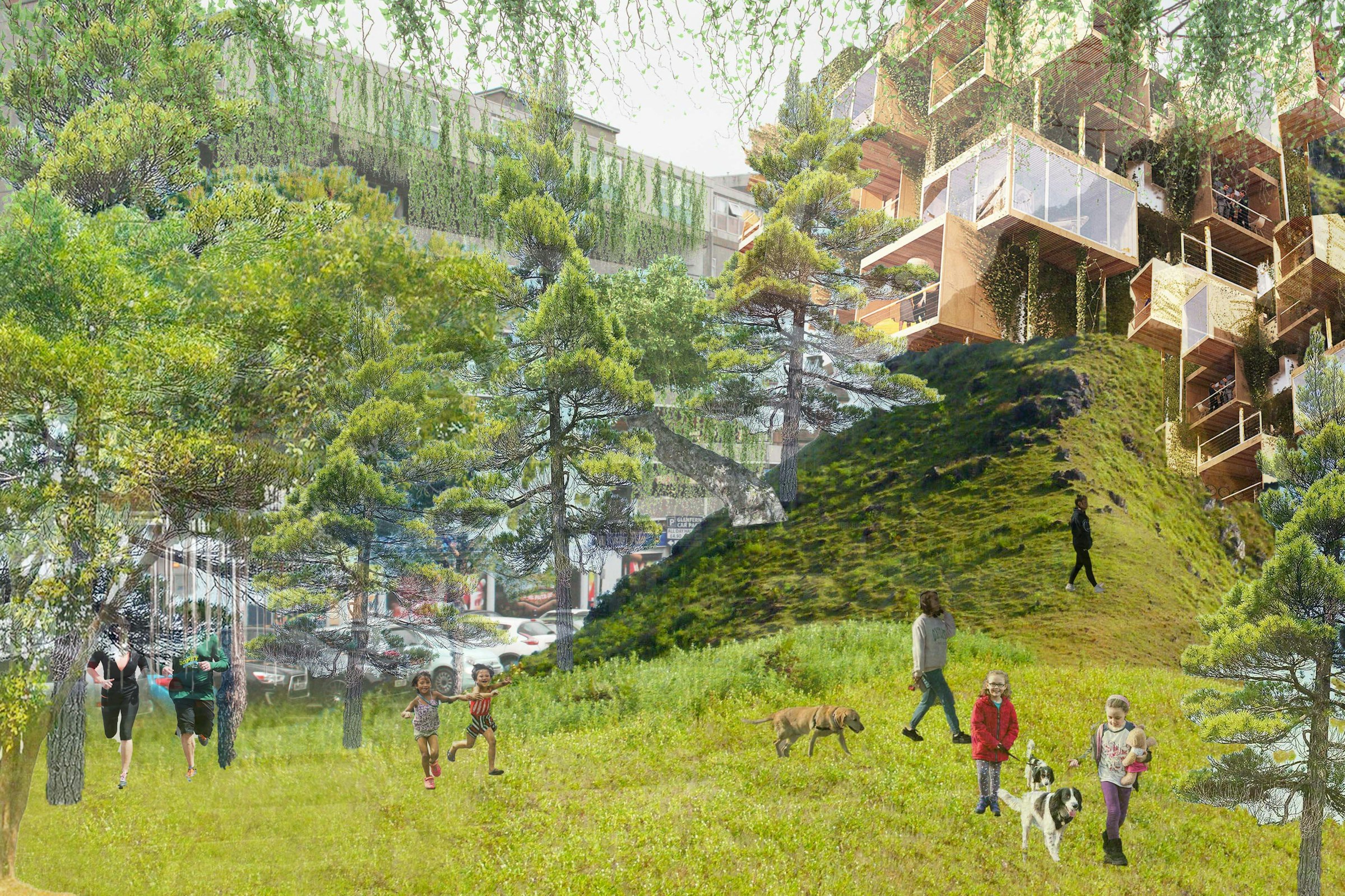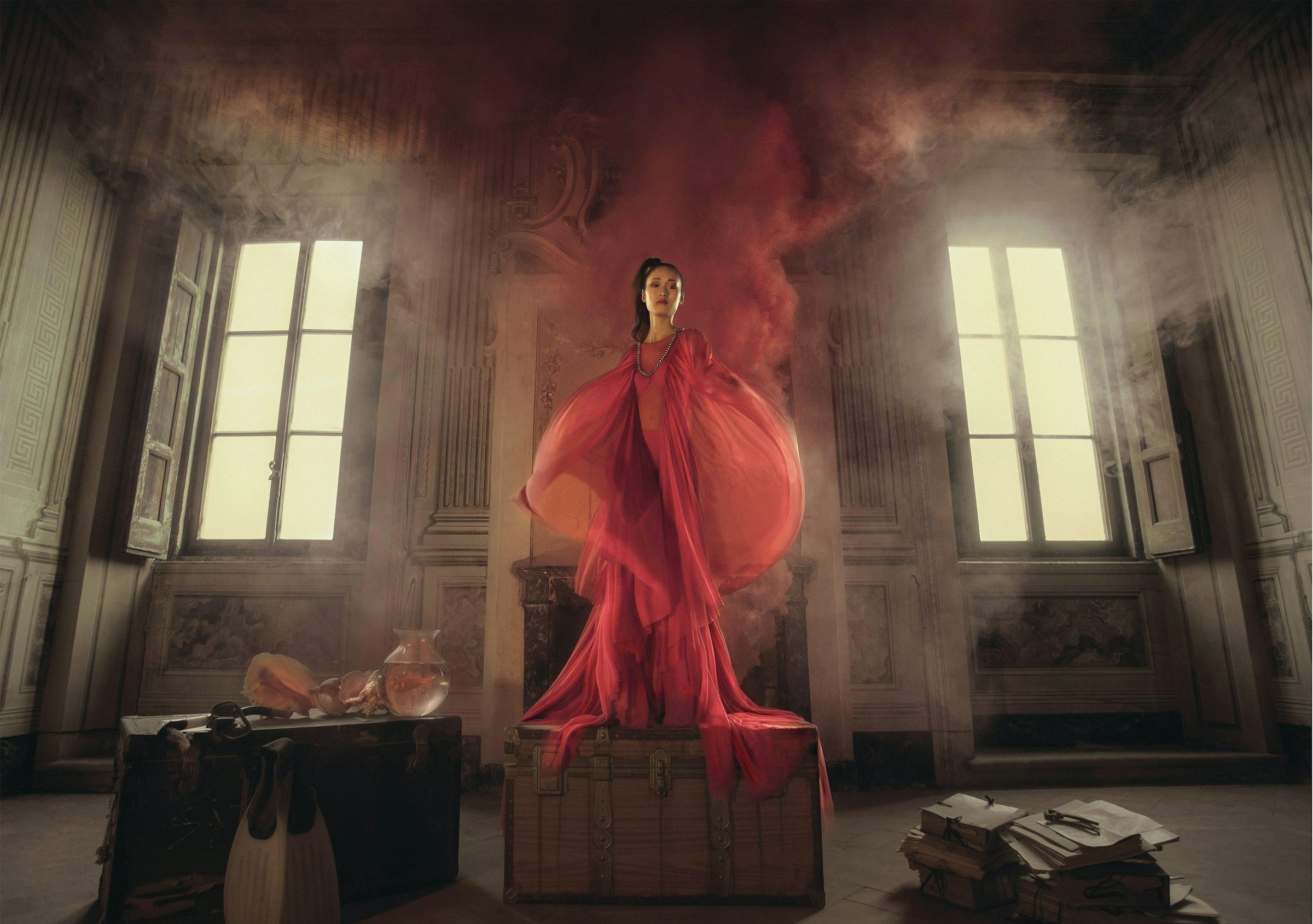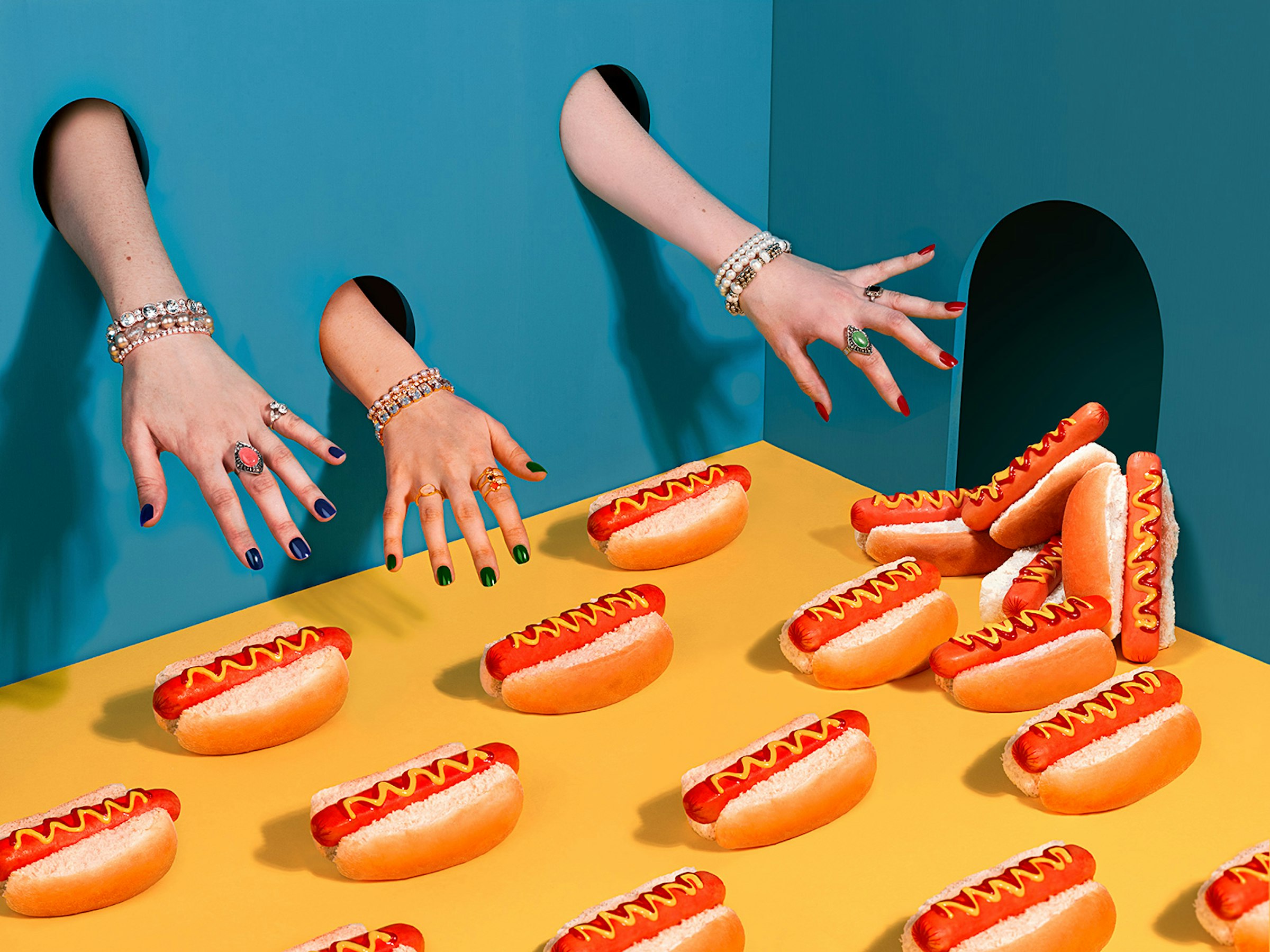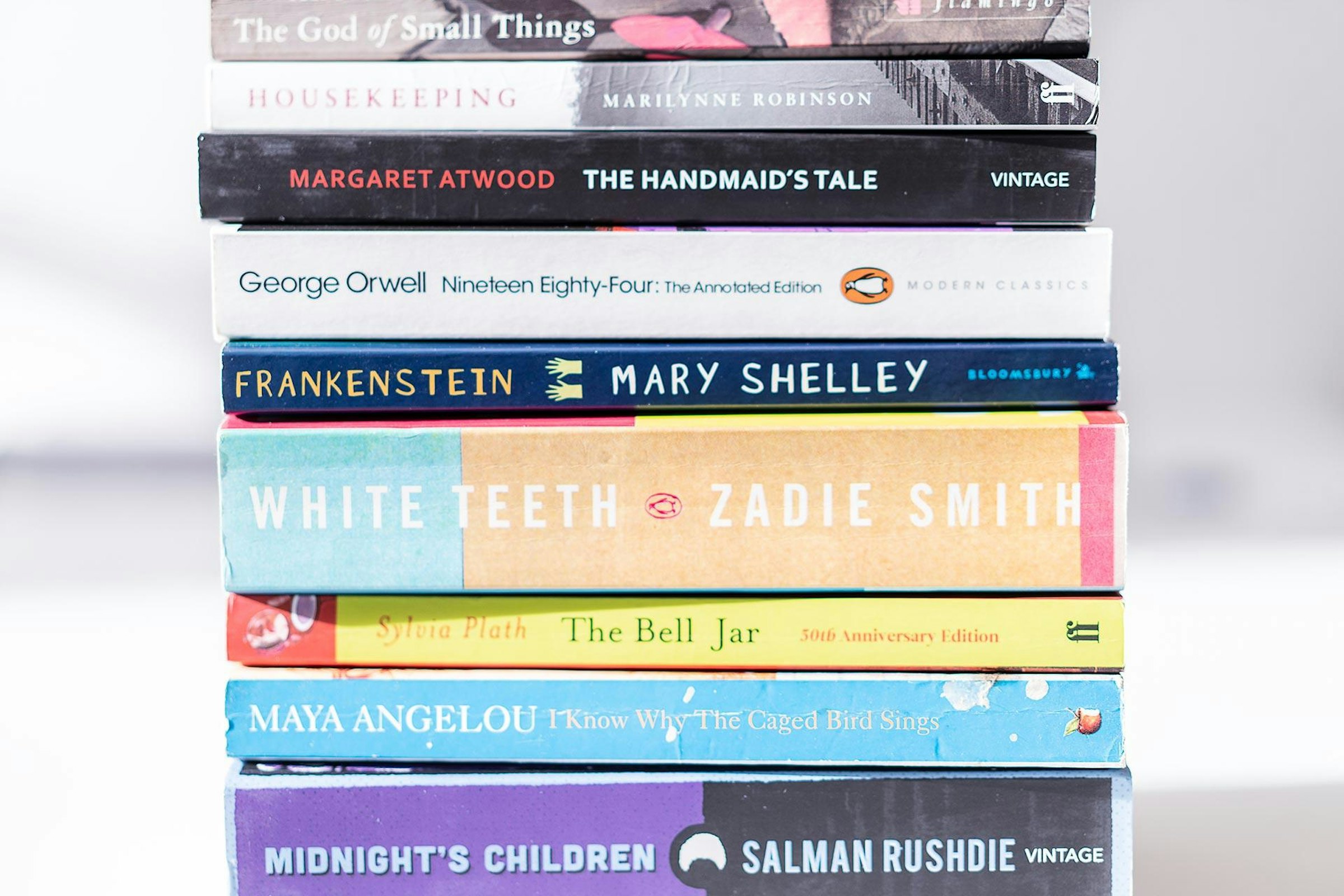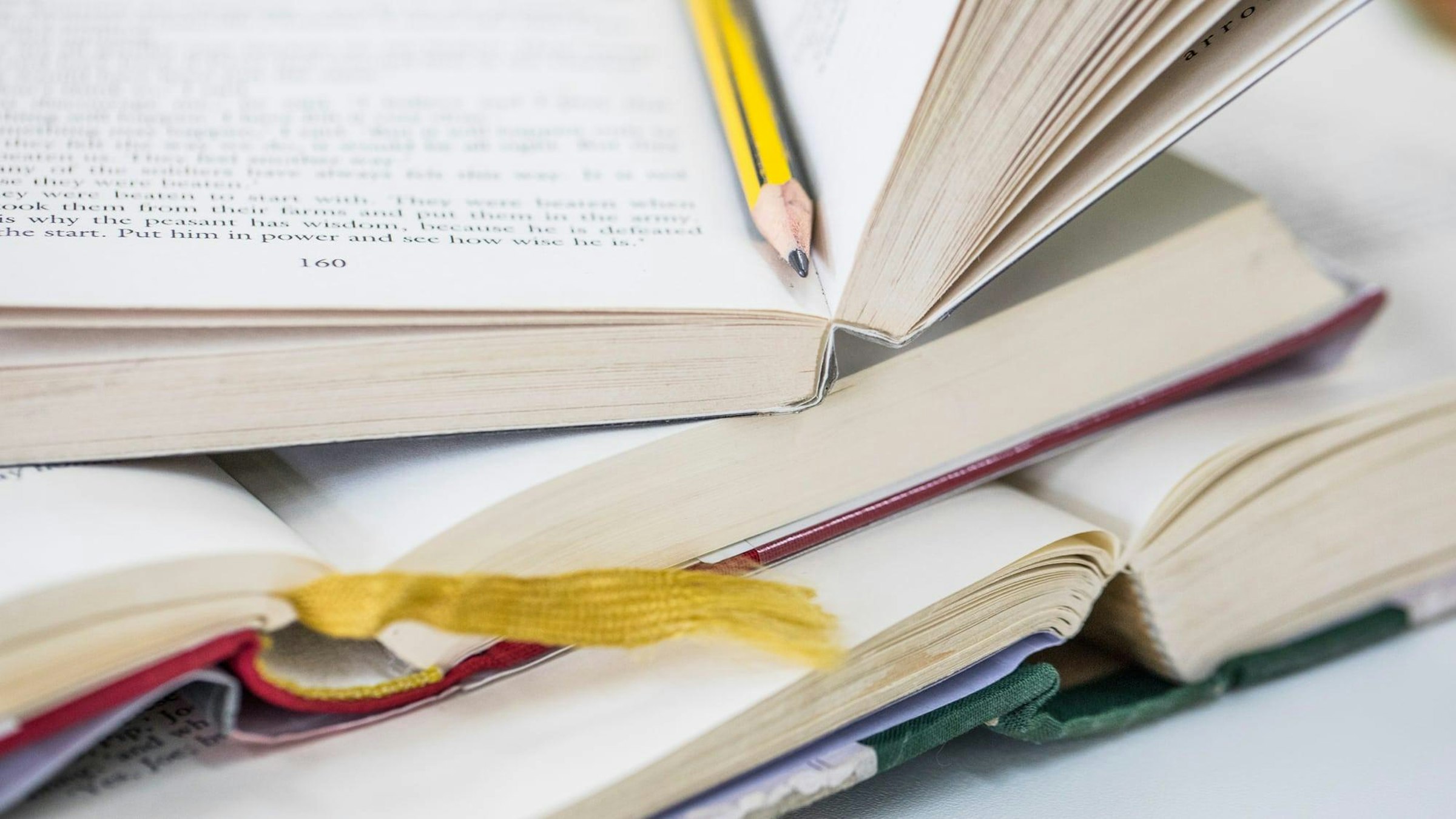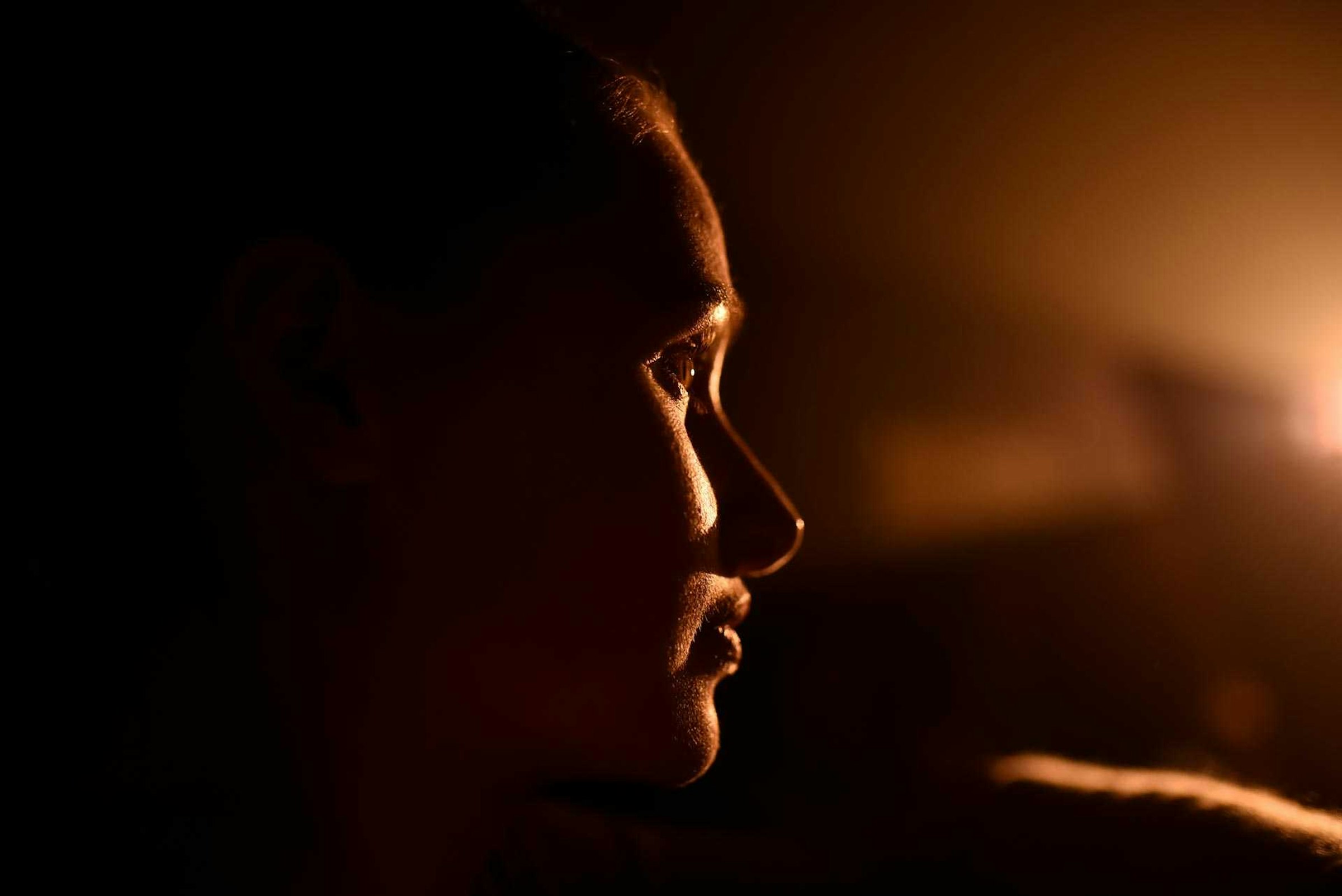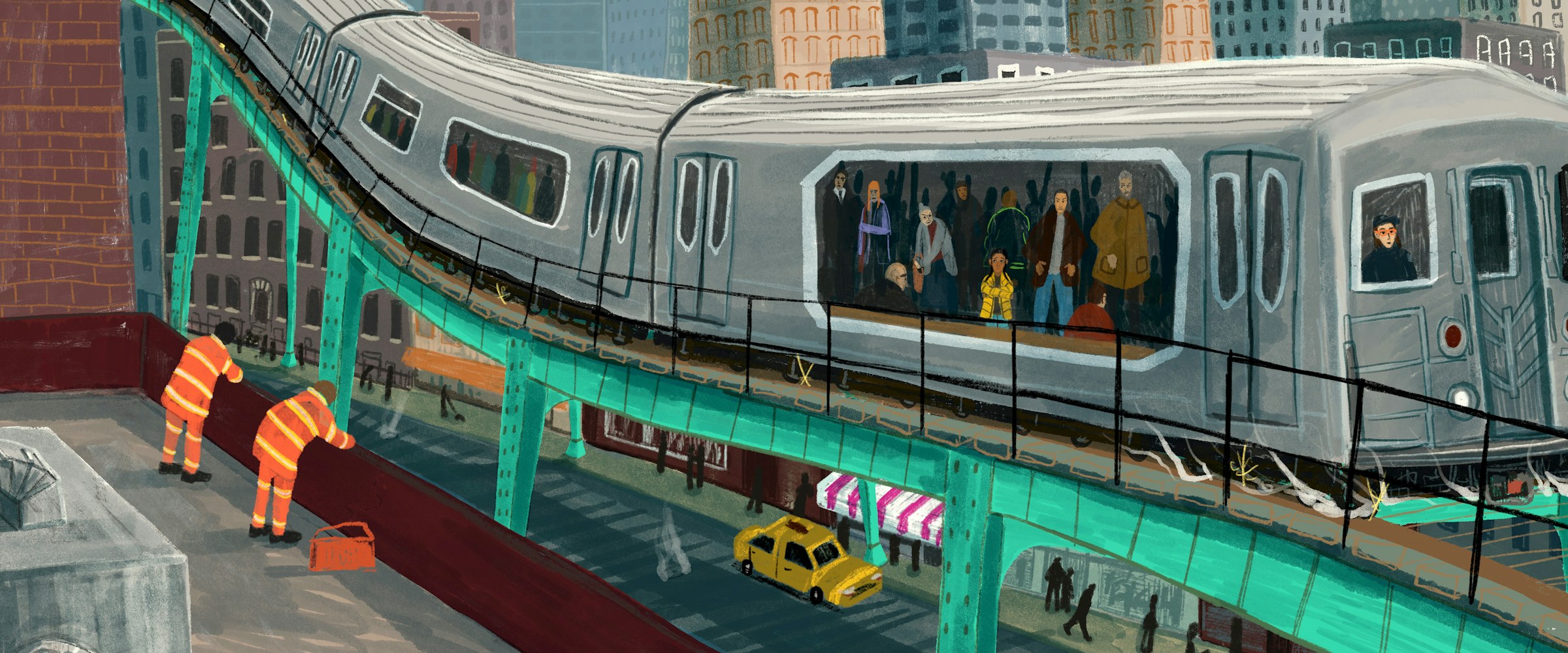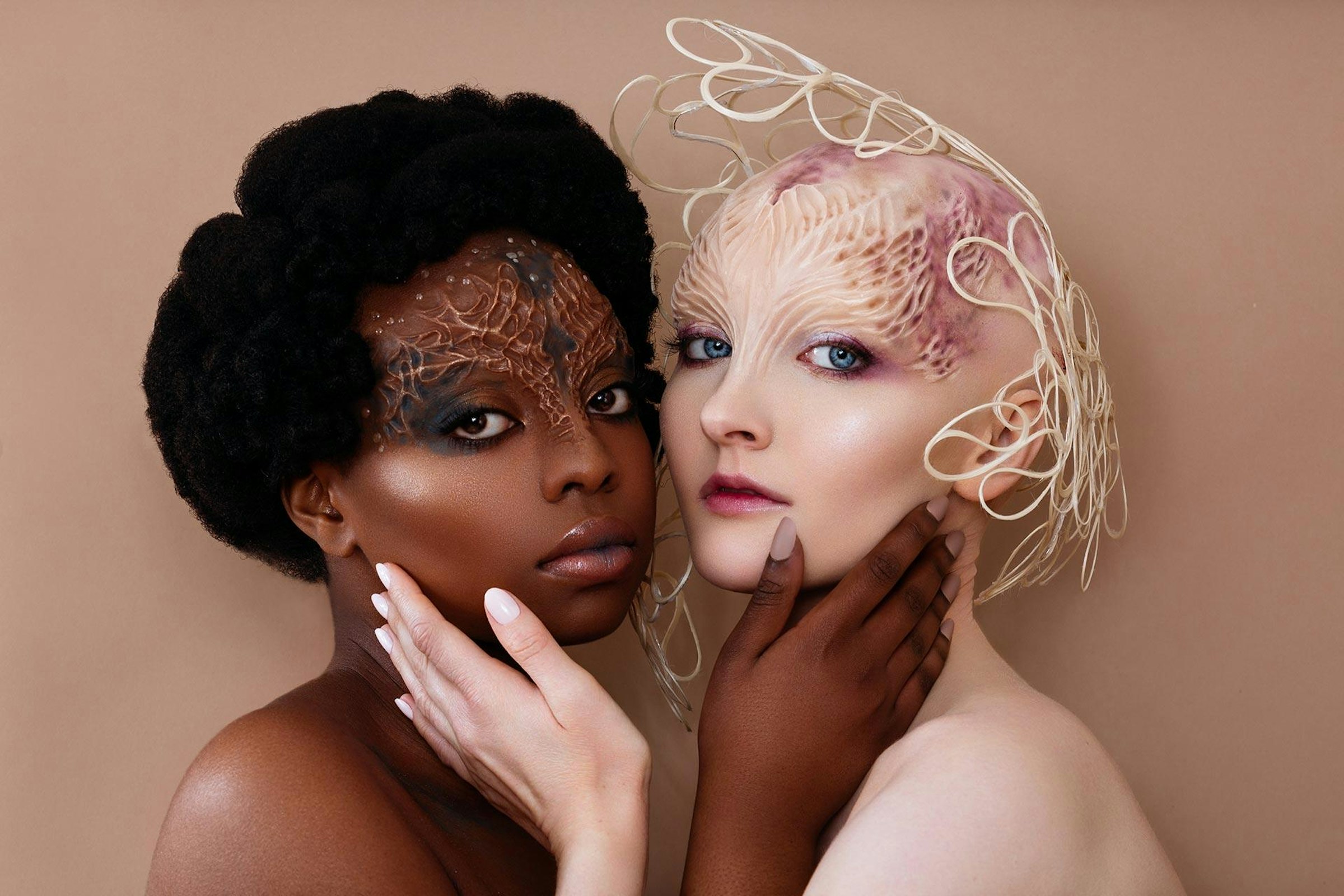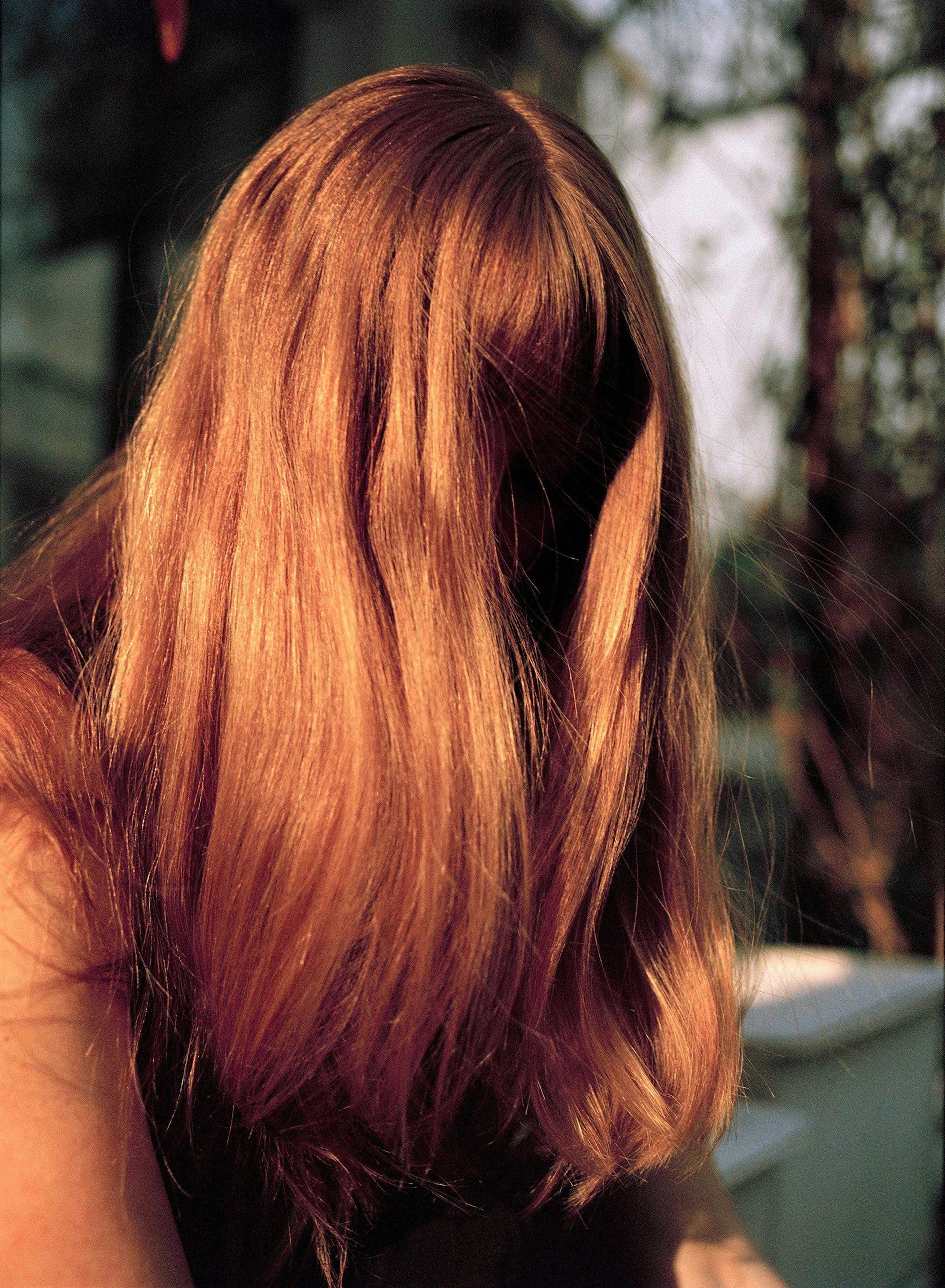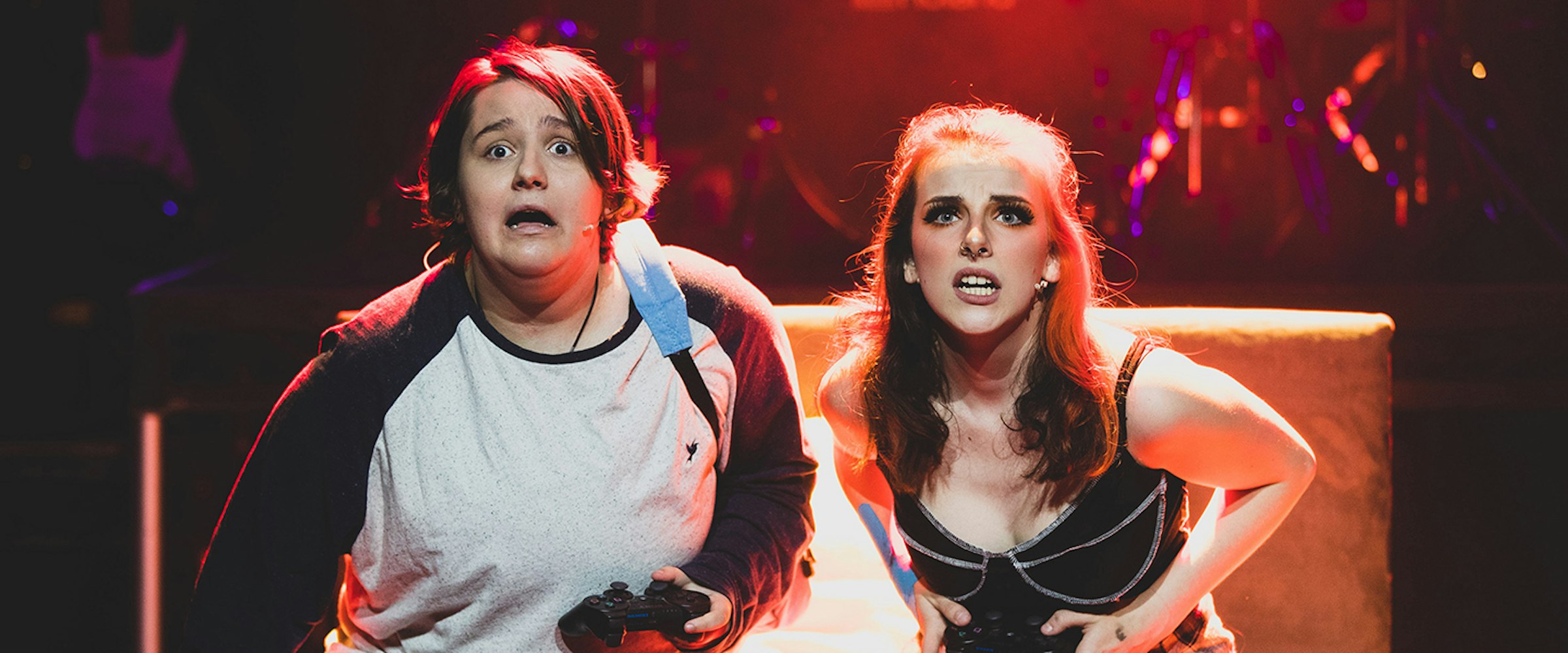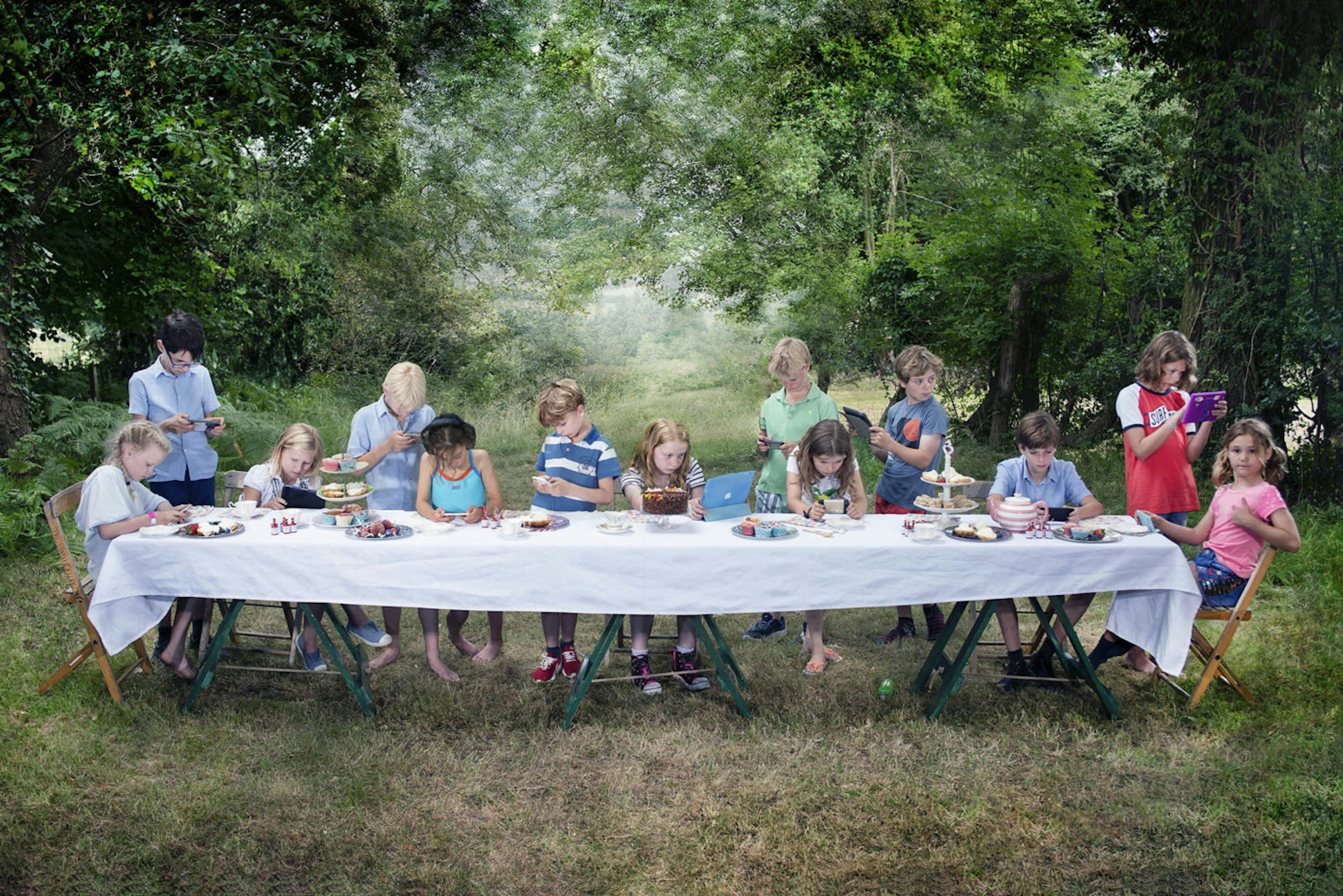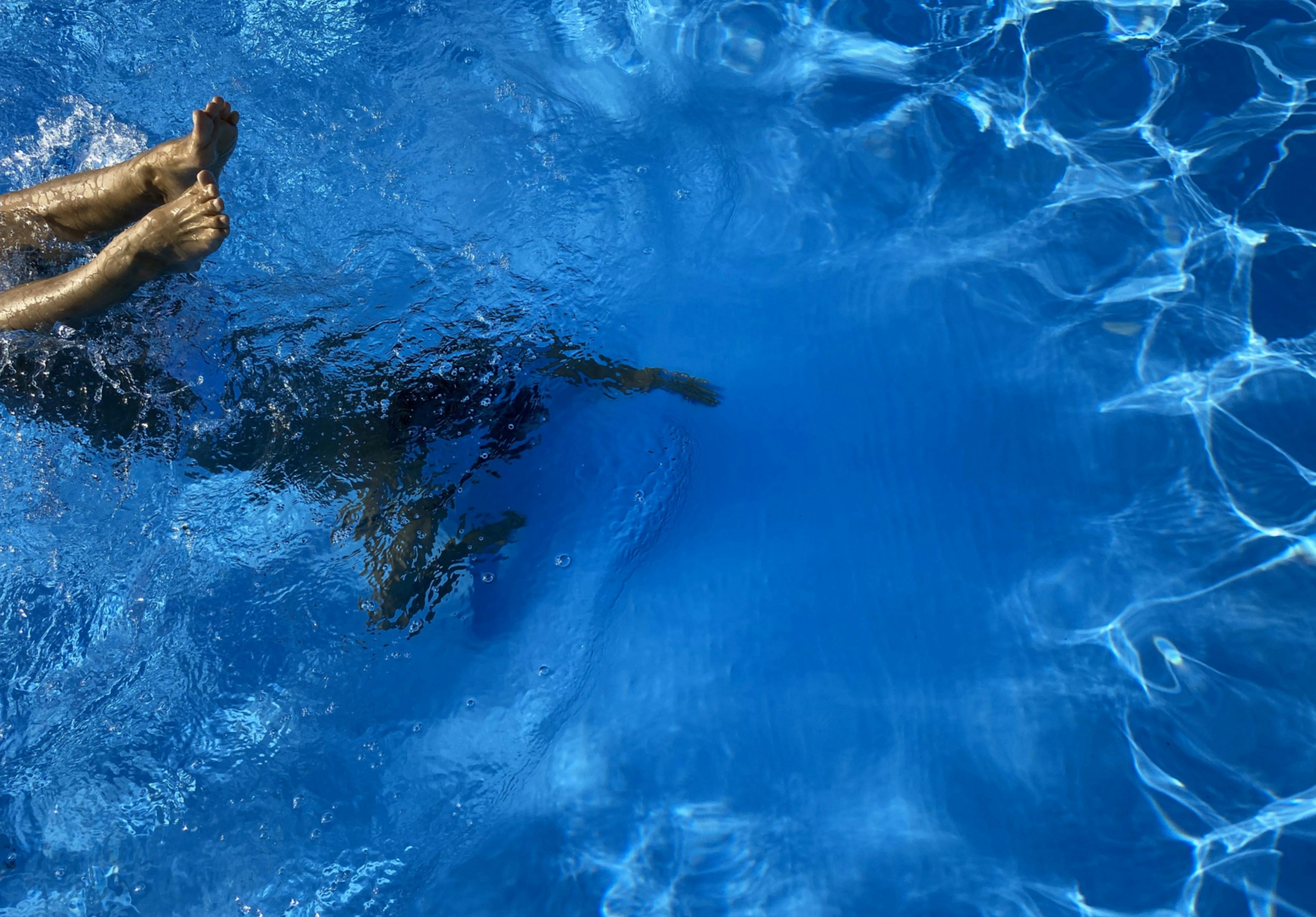You are using an outdated browser. Most of this website should still work, but after upgrading your browser it will look and perform better.
- Home
- Undergraduate Courses
- BA (Hons) Textiles Design
BA (Hons) Textiles Design
- Duration: 3–5 years full-time
- Placement year: Optional 1 year
- Course code: W236 (UCAS)
- Institution code: A66 (UCAS)
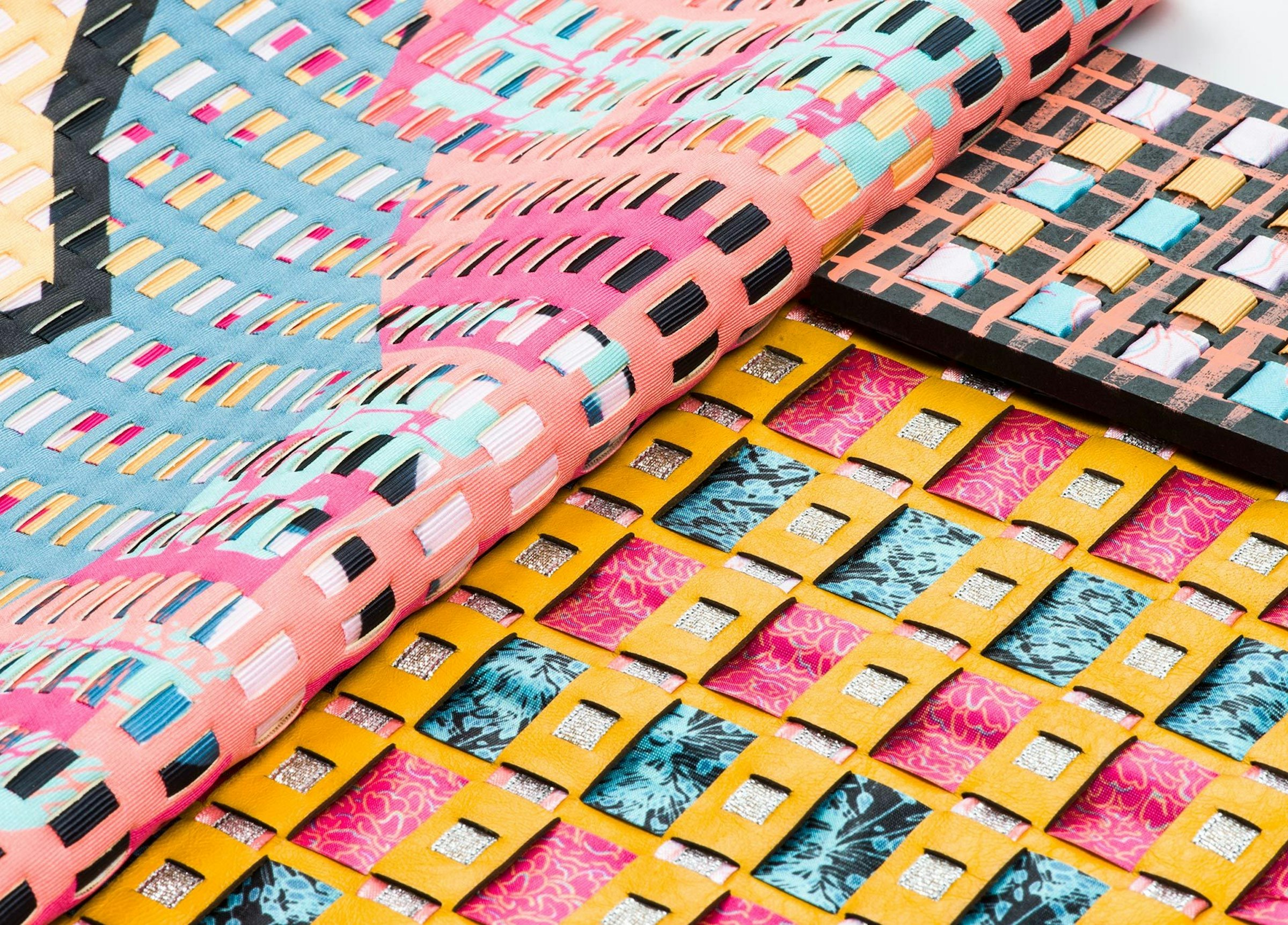
Overview
BA (Hons) Textiles Design will encourage you to fully embrace colour, pattern and texture in the production of both hard and soft surfaces; for both fashion and interiors. Core to course delivery are experimentation with drawing, dye techniques, print, stitch, constructed textiles and knit. Textiles surround us – it’s one of the largest design skill sets used globally.

Explore the parameters of textiles design for both interiors and fashion.
You'll interrogate long-standing textiles design traditions, question existing processes and create new ways of working, setting you up to confidently become part of the next generation of distinctive, skilled and inventive designers and makers.

Examine textiles in their widest sense.
The course emphasises individual exploration of both visual and theoretical principles in the investigation of colour, texture and pattern. You'll experiment with drawing, dye, print, stitch, CAD, fabric construction and manipulation, towards the development of tactile materials found within the discipline of textiles.
Watch our videos
Find out from student Catherine about what it’s like to study BA (Hons) Textiles Design at AUB.
This content can't be displayed, please accept marketing, statistics cookies to view
Accept to viewCourse gallery
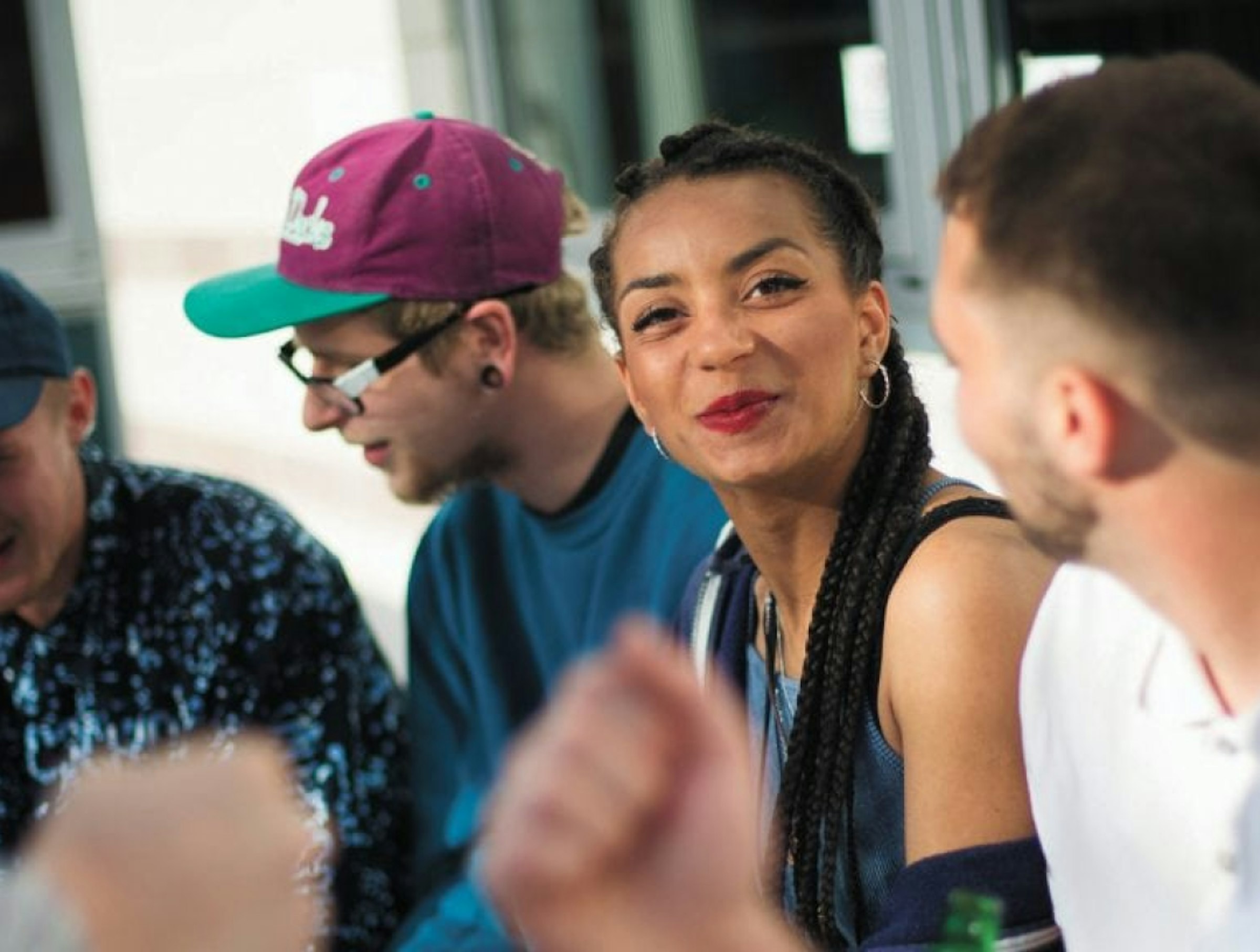
Chat to a student
Our student ambassadors are here to answer any questions you might have on university life, our courses and all things AUB.
Chat on Unibuddy


